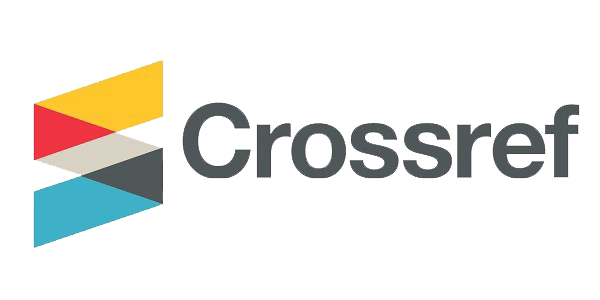THE MEANING OF SLOGAN IN JAPANESE FAST FOOD ADVERTISEMENT: SEMANTICS STUDY
Abstract
Fast food advertising is a prevalent form of marketing that aims to attract potential consumers by using creative slogans. Slogans play a crucial role in conveying the essence of the product to the audience. This study analyzes the meaning behind sayings used in Japanese fast-food advertisements through a semantics lens. This study uses a qualitative method to categorize the slogans based on Leech's Seven Types of Meaning theory (1981). The data collection involves identifying Japanese fast food advertisements from various media, organizing the catchphrases, and analyzing the meaning behind the sayings. The study results indicate that the most slogans contain associative meanings, and some have affective and connotative meanings. This study provides insights into the meaning behind sayings in Japanese fast-food advertisements, which can help companies create more effective marketing campaigns.
Keywords: Fast Food Advertising, Slogan, Semantics, Associative Meaning, Seven Types of Meaning.
References
AG Kurman, I Zuraida. (2022). The Meaning of Slogan in Cosmetics Advertisement: Semantics Study 10 Restoran Fastfood Jepang Enak di Jakarta. (December 3rd 2019) Retrieved from https://www.grab.com/id/food-blog/10-restoran-fastfood-jepang-enak-di jakarta/
Belch, G. E., Belch, M. A., & Guolla, M. A. (2020). Advertising and Promotion: An Integrated Marketing Communications Perspective (12th ed.). New York, NY: McGraw-Hill. Fast Food Advertising. (n.d.). Retrieved from https://en.wikipedia.org/wiki/Fast_food_advertising
Cook, G. (1992). The Discourse of Advertising. London: Routledge.
De Mooij, M. (2010). Global Marketing and Advertising: Understanding Cultural Paradoxes (3rd ed.). Thousand Oaks, CA: Sage Publications.
Kress, G. (2010). Multimodality: A Social Semiotic Approach to Contemporary Communication. London: Routledge.
O'Guinn, T. C., Allen, C. T., & Semenik, R. J. (2019). Advertising and Integrated Brand Promotion (8th ed.). Boston, MA: Cengage Learning.
Leech, G. (1974). Semantics. Harmondsworth, UK: Penguin Books.
Shimp, T. A. (2010). Advertising, Promotion, and Other Aspects of Integrated Marketing Communications (8th ed.). Mason, OH: South-Western Cengage Learning.
Solomon, M. R., Marshall, G. W., & Stuart, E. W. (2019). Marketing: Real People, Real Choices (9th ed.). Boston, MA: Pearson.
The 30 Best Fast Food Restaurant Slogans. (2021, January 25). Retrieved from https://www.highervisibility.com/blog/the-30-best-fast-food-restaurant-slogans/
The Best Fast Food Slogans of All Time. (n.d.). Retrieved from https://www.qsrmagazine.com/content/best-fast-food-slogans-all-time
The 50 Best Fast Food Restaurant Slogans of All Time. (n.d.). Retrieved from https://www.sloganmaker.net/fast-food-slogans
Sources of the slogan’s data, retrieved from
http://www.yoshinoya.co.id/menu.htm
https://www.marugameudon.co.id










